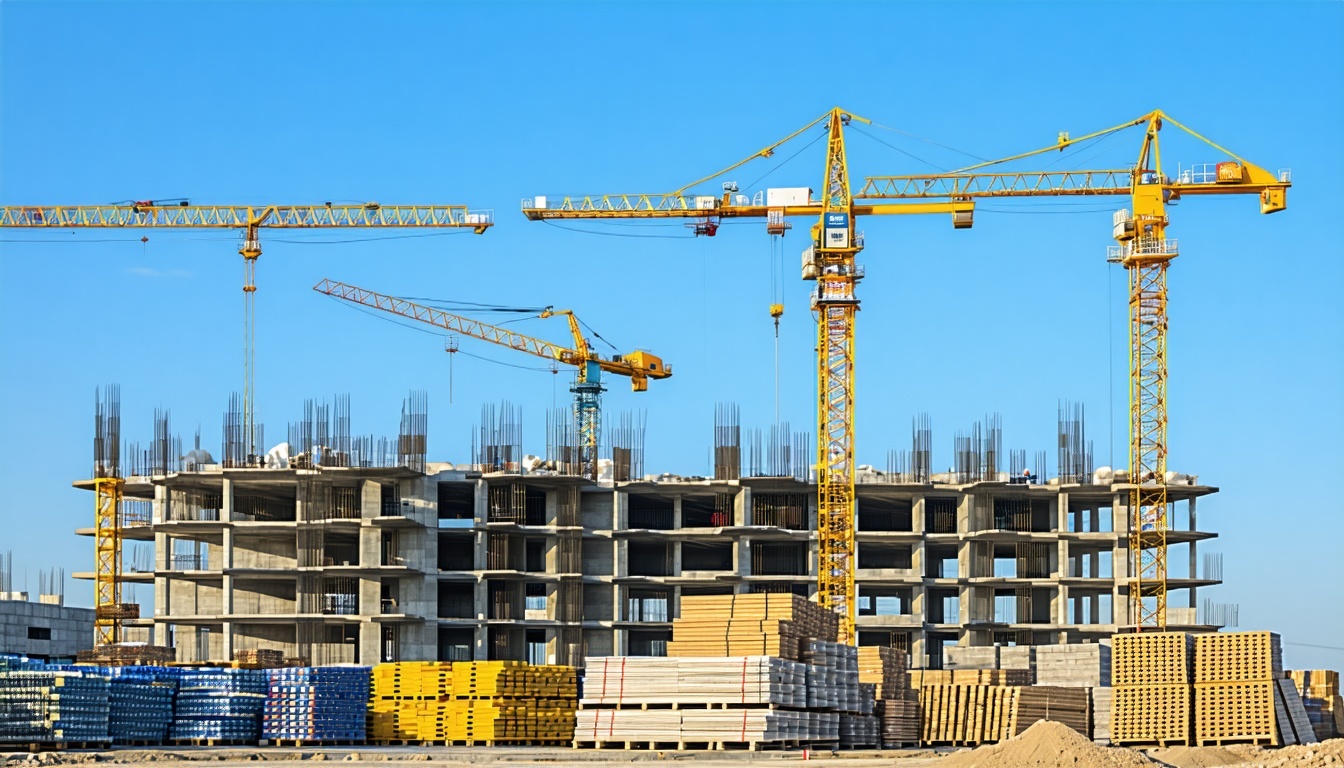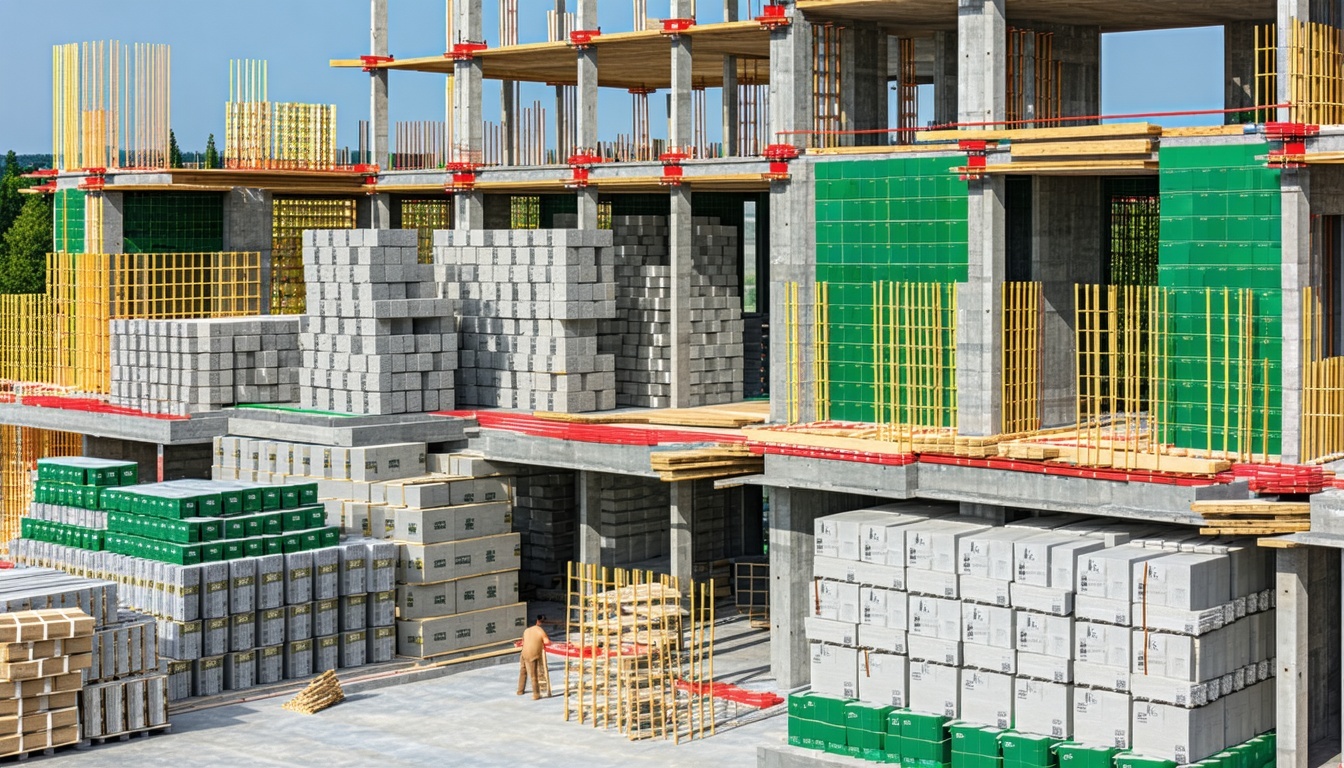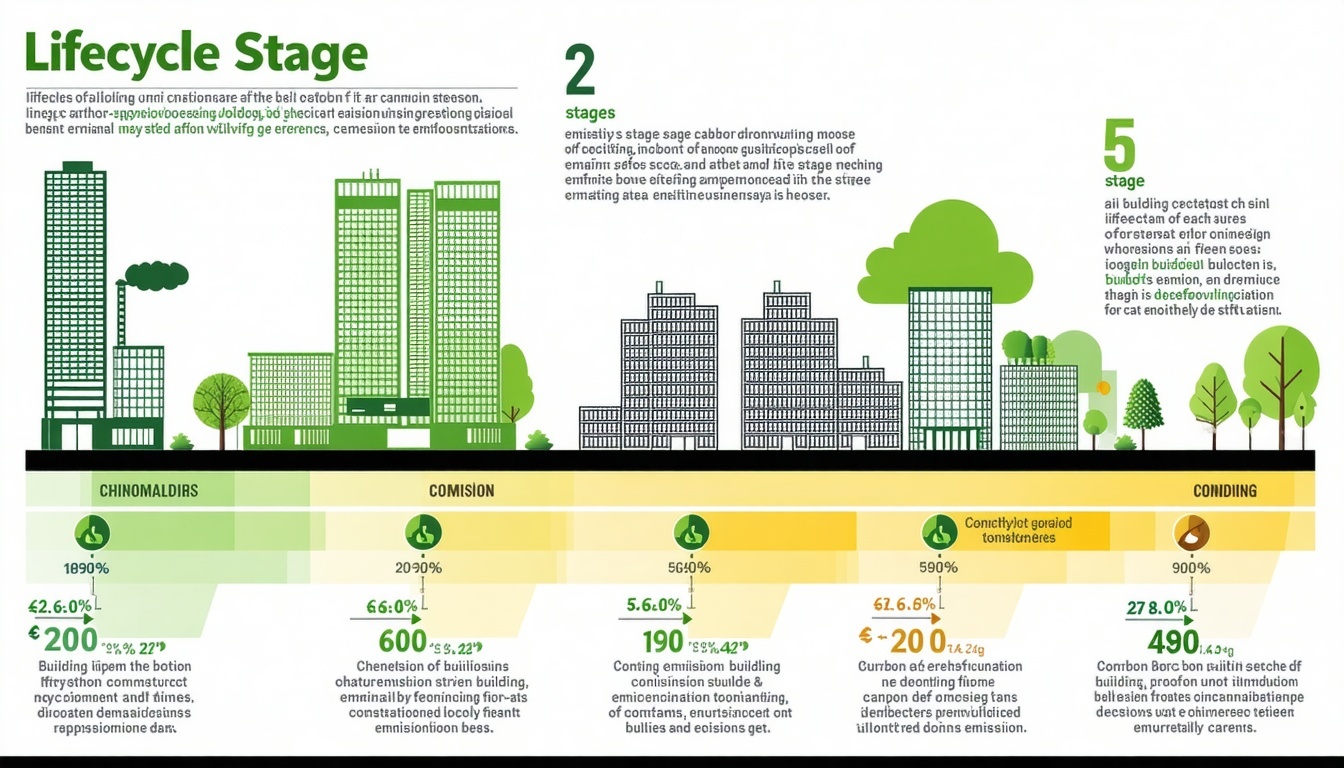As the construction industry pushes towards sustainability, embodied carbon certification is becoming a crucial component. Learn why it's important, the current frameworks, and how you can achieve it.
Understanding Embodied Carbon Certification
Embodied carbon certification is a process that evaluates and verifies the carbon emissions associated with the materials and construction processes used in building projects. This certification provides a quantified measure of the carbon footprint embedded in building materials, from their extraction and manufacturing to their transportation and installation.
The purpose of embodied carbon certification is to ensure transparency and accountability in the construction industry. By certifying the embodied carbon of a building, stakeholders can better understand the environmental impact of their projects and take steps to reduce it. This certification is becoming increasingly vital as the industry shifts towards more sustainable practices and as regulatory requirements tighten.
Why Embodied Carbon Is Gaining Importance
As buildings become more energy-efficient and the electricity grid decarbonises, operational emissions from buildings are decreasing. However, this shift highlights the significance of embodied carbon, which includes emissions from materials and construction activities. By 2050, it is projected that embodied carbon will account for up to 85% of total building emissions in Australia.
This growing focus on embodied carbon is driven by the urgent need to address climate change comprehensively. Reducing embodied carbon is essential for achieving national and global sustainability goals. It also aligns with the increasing demand from stakeholders, including investors, tenants, and regulatory bodies, for more transparent and sustainable building practices.
Regulatory and Voluntary Frameworks
In Australia, both regulatory and voluntary frameworks are promoting the adoption of embodied carbon certification. As of October 2023, New South Wales requires all new residential and non-residential developments to report embodied emissions under the Sustainable Buildings SEPP. Residential projects must use the BASIX Materials Index, while non-residential projects utilise the NABERS Embodied Carbon rating tool.
The NABERS Embodied Carbon rating tool offers a comprehensive, third-party verified assessment of a building’s upfront embodied carbon. Recognised by industry bodies like the Green Building Council of Australia, this tool is also integrated with the Climate Active Carbon Neutral Buildings Standard. These frameworks are paving the way for consistent and reliable reporting of embodied carbon emissions.
Navigating the Certification Process
The certification process for embodied carbon begins early in the design phase of a building project. To apply, project teams must gather detailed data on the materials and construction methods planned for use. This includes product-specific data like Environmental Product Declarations (EPDs) to ensure accuracy.
Materials and building elements considered in the certification include concrete, steel, insulation, and other core components. Using EPDs and other verified data sources can significantly improve the accuracy of the carbon assessment. The benefits of achieving embodied carbon certification are manifold, including regulatory compliance, enhanced sustainability credentials, and market differentiation.
Maximising Compliance and Climate Benefits
Achieving embodied carbon certification helps building owners and developers meet regulatory requirements and support broader sustainability goals. It also positions projects favourably in the market, as sustainability credentials are increasingly valued by investors and occupants.
Looking ahead, the National Construction Code is anticipated to introduce minimum embodied carbon standards by 2028. Early engagement with accredited professionals and the use of recognised tools can future-proof projects against these tightening standards. Transparent reporting and adherence to best practices are crucial for maximising both compliance and climate benefits.







